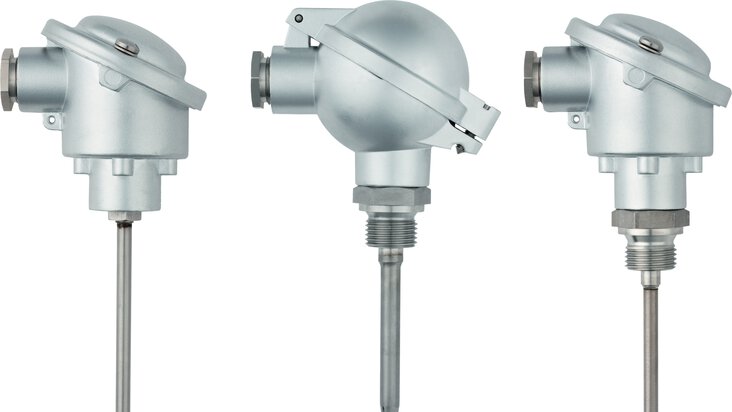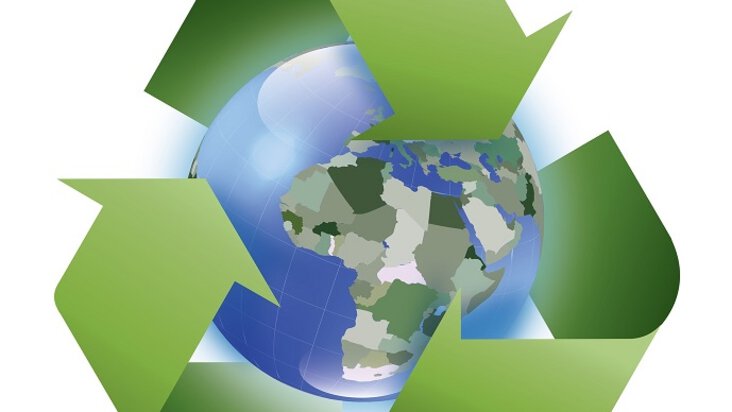

RoHS Directive – what is it?
The amount of hazardous substances in electrical and electronic equipment was such a serious problem that it had to be regulated by the European Union. To this end, the RoHS Directive (directive 2011 65 EU) was created. What regulations does it introduce? What implications does it have for appliance manufacturers? What should a responsible consumer look out for?
RoHS – what is it?
The RoHS Directive, also known as Directive 2002/95/EC, originated in the European Union and restricts the use of certain hazardous substances and materials in electrical and electronic devices (known as EEE). The aim of introducing the Directive is to reduce the transfer of these substances from electrical waste into the environment.
When was the RoHS Directive introduced?
All products on the EU market after 1 July 2006 must comply with the RoHS Directive. This directive was transposed to Poland by the Regulation of the Minister of Economy of 27 March 2007 (Journal of Laws No. 69, item 457).

The RoHs Directive aims to prevent hazardous substances from leaking into the environment.
What hazardous substances are restricted in use under the RoHS Directive?
Hazardous substances included in the RoHS Directive are:
-
lead (Pb),
-
mercury (Hg),
-
cadmium (Cd),
-
hexavalent chromium (CrVI)
-
polybrominated biphenyls (PBB),
-
polybrominated diphenyl ethers (PBDE)
-
phthalates (DEHP, BBP – benzyl butyl phthalate, DIBP) – these were added in RoHS 3 in 2019.
They exist in a wide variety of electronic components, e.g. PBBs and PBDEs are used in plastics and in the manufacture of fabrics for flame retardancy.
RoHS – certification
To obtain RoHS certification, businesses are required to:
-
Issue a certificate that confirms that the equipment they produce complies with the content of the regulation.
-
Take samples of their products.
-
Send product samples to a laboratory for the required tests.
If the samples are evaluated positively:
-
The sub-supplier becomes eligible to apply for RoHS certification.
-
The RoHs certificate is issued by an accredited certification company.

Designation of RoHS certified electrical and electronic equipment.
CE and RoHs – is the CE marking linked to the RoHS Directive?
That hazardous substances directive is part of the so-called New Approach Directives. As a result, it makes it compulsory to CE mark equipment which falls within its scope. The obligation to CE mark falls on the manufacturer.
Supplies to China and the RohS Directive
Supplies to China are subject to similar regulations. Detailed requirements can be found in the "Chinese RoHs Directive" GB/T 6572-2011 "Requirements for concentration limits for certain restricted substances in electrical and electronic products".
Labelling of products imported into China is also required, according to regulation SJ/T11364-2014 "Labelling of Restriction of Hazardous Substances in Electrical and Electronic Product".
RoHs Directive at JUMO
For customers showing concern for the environment, JUMO is a good choice. We have been committed to sustainability for years and this is reflected in the relevant certifications.
Environmental protection at JUMO – DIN ISO 14001
By obtaining the DIN ISO 14001 certification in 1999, JUMO committed itself to environmental protection. In addition to our legal obligations, we participate in numerous activities – especially in the fields of development and production – to avoid the use of hazardous substances in our products and to protect natural resources.
RoHS compliance
As of 2017, all our products, including temperature sensors, are fully covered by the current RoHS regulations and are RoHS compliant. A large part of our product range is also CE marked. Upon request, we will confirm that the relevant devices comply with the EU RoHS directive and, where applicable, also with the EU Declaration of Conformity.

JUMO temperature sensors meet the requirements set out in the RoHS declaration
- ${title}${badge}

